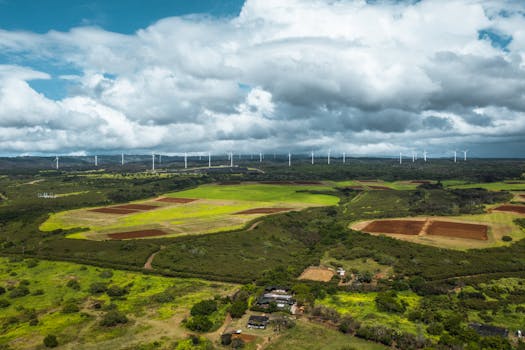
Eyes in the Sky: Advanced Technologies Transforming Earth Observation
Eyes in the Sky: Advanced Technologies Transforming Earth Observation is revolutionizing the way we monitor our planet. With the help of advanced technologies, we can now observe the Earth in unprecedented detail, enabling us to better understand our environment, track changes, and make informed decisions. The field of Earth observation is rapidly evolving, driven by innovations in satellite imaging, sensor technologies, and data analytics.
The increasing demand for Earth observation data is driven by a wide range of applications, including climate change monitoring, natural resource management, disaster response, and urban planning. Governments, businesses, and organizations are leveraging Earth observation data to gain insights into our planet’s dynamics, identify trends, and predict future changes. The integration of advanced technologies, such as artificial intelligence, machine learning, and the Internet of Things (IoT), is further enhancing the capabilities of Earth observation systems.
Advances in Satellite Imaging
Satellite imaging is a critical component of Earth observation, providing high-resolution images of the planet’s surface. Recent advances in satellite imaging technologies have significantly improved the quality and availability of Earth observation data. High-resolution satellite imagers, such as those onboard the WorldView-4 and GeoEye-1 satellites, can capture images with resolutions of up to 30 centimeters, allowing for detailed analysis of small features on the Earth’s surface.
The development of small satellite constellations, such as those launched by Planet Labs and DigitalGlobe, has increased the frequency of Earth observations, enabling more rapid monitoring of changes on the planet’s surface. These constellations typically consist of tens to hundreds of small satellites, each equipped with a high-resolution imager, which can capture images of the entire Earth’s surface on a daily basis.
Emerging Trends and Technologies
Several emerging trends and technologies are transforming the field of Earth observation, including the use of unmanned aerial vehicles (UAVs), also known as drones, for data collection. UAVs are increasingly being used for Earth observation applications, such as land surveying, crop monitoring, and disaster response, due to their ability to capture high-resolution images and navigate complex terrain.
Another significant trend is the integration of Earth observation data with other data sources, such as social media, sensor networks, and crowdsourced data. This fusion of data enables the creation of more comprehensive and accurate models of the Earth’s systems, allowing for better prediction and decision-making. The use of artificial intelligence and machine learning algorithms is also becoming more prevalent in Earth observation, enabling the automated analysis of large datasets and the identification of patterns and trends.
Applications and Benefits
The applications of Earth observation are diverse and widespread, with benefits ranging from improved climate modeling and weather forecasting to enhanced natural resource management and disaster response. Earth observation data is used to monitor deforestation, track ocean currents, and predict crop yields, among many other uses.
The benefits of Earth observation are numerous, including improved decision-making, enhanced resource management, and increased food security. By leveraging Earth observation data, governments, businesses, and organizations can gain insights into the dynamics of the Earth’s systems, identify trends, and predict future changes, ultimately leading to more sustainable and resilient development.
Conclusion
In conclusion, the field of Earth observation is undergoing a significant transformation, driven by advances in satellite imaging, sensor technologies, and data analytics. The integration of emerging trends and technologies, such as UAVs, artificial intelligence, and machine learning, is further enhancing the capabilities of Earth observation systems. As the demand for Earth observation data continues to grow, it is essential to develop and implement sustainable and effective strategies for managing and analyzing these large datasets, ultimately leading to better decision-making and more sustainable development.

